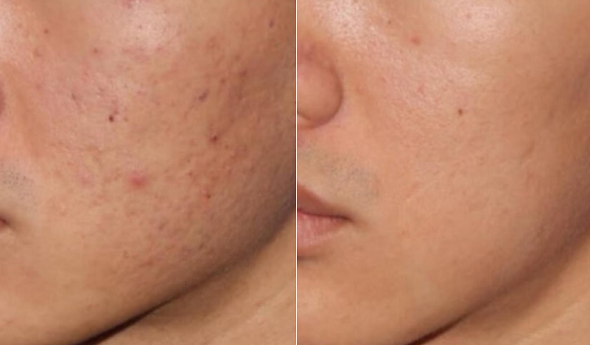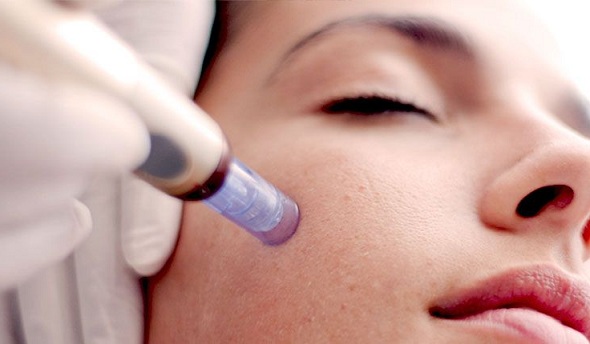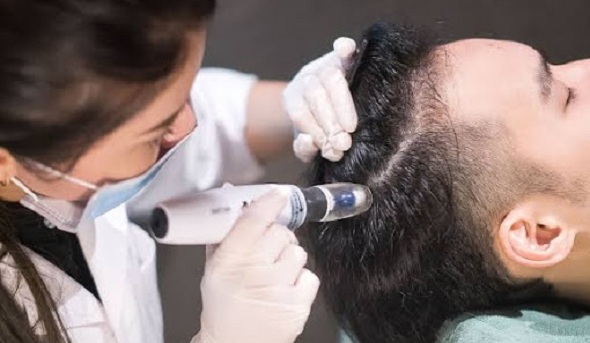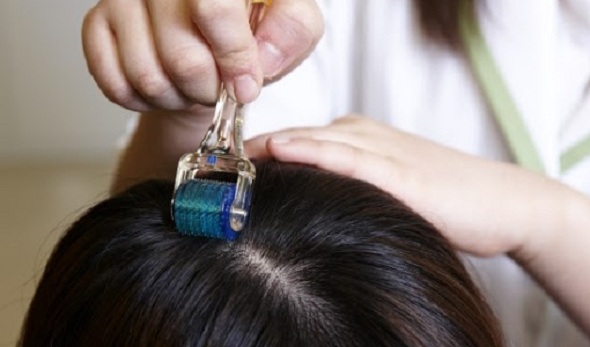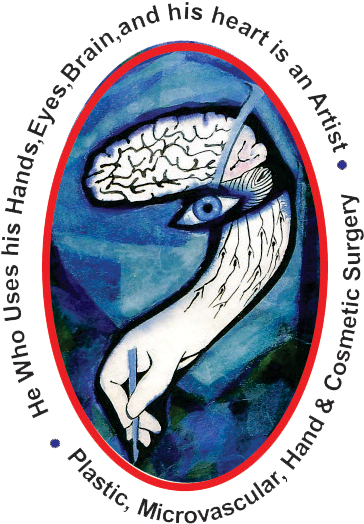Microneedling
Microneedling is a method that some dermatologists use to treat different skin conditions. The technique involves using multiple tiny, sterile needles to puncture the skin and cause physical trauma.
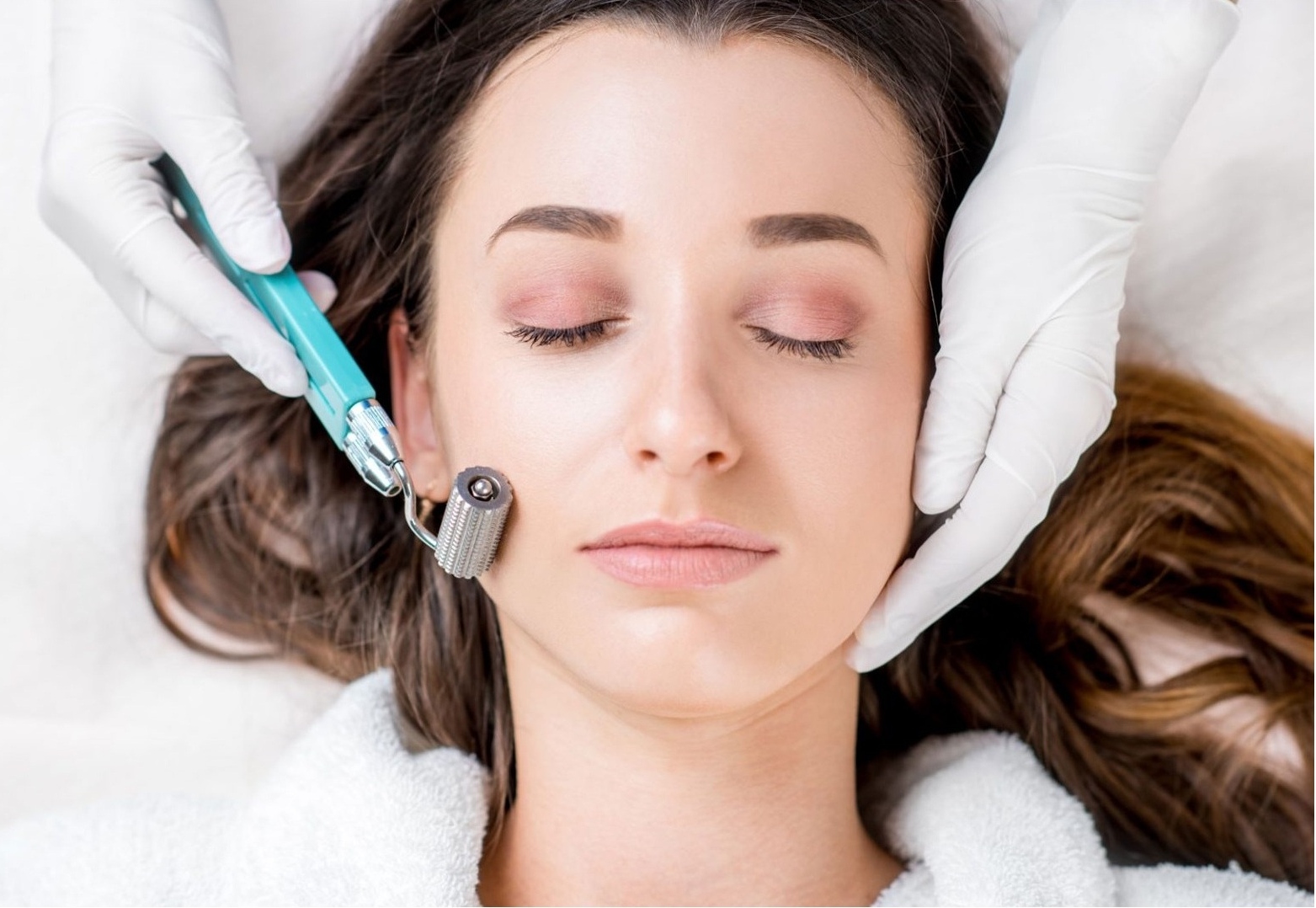
Microneedling may help address many skin-related complaints, including:
wrinkles
scarring
acne
alopecia
skin pigmentation issues
stretch marks
rosacea
loose skin, such as after weight loss or liposuction
About
Microneedling is a dermaroller procedure that uses small needles to prick the skin.
The purpose of treatment is to generate new collagen and skin tissue for smoother, firmer, more toned skin.
Microneedling is mostly used on the face and may treat various scars, wrinkles, and large pores.
Safety
Microneedling is minimally invasive, requiring no downtime.
It’s considered safe for most people who are in overall good health.
The procedure isn’t safe for people who use certain acne medications or for women who are pregnant.
You’ll experience minor redness and irritation for a few days after the procedure.
Questions? We got Answers!
A 2018 systematic review found that microneedling is a safe and effective way to rejuvenate skin and treat scars and wrinkles.
The researchers acknowledged, however, that determining whether microneedling is a viable treatment option in all cases will require further research.
A press release from the American Academy of Dermatology also states that people can expect a reduction in the “appearance of large pores, fine lines and wrinkles, scars, and stretch marks.”
The medical community generally considers microneedling to be safe and effective, but there are still some risks.
The primary risk is skin irritation after the procedure. Other side effects could include:
- swelling
- discomfort at the site
- redness
- bruising
- dryness
- flaking of the skin
Bleeding is an uncommon reaction to microneedling, though it may be more likely to occur after a deeper treatment.
Bleeding may also be more of a risk for people who have bleeding disorders or who are taking blood-thinning medications. It is important to disclose this information to a doctor before receiving this treatment.
There is also a risk of more serious side effects, including:
- infection
- skin pigment changes
- reaction to topical medications used during treatment
Some devices involve additional risks. Those that use energy or heat can increase the likelihood of burns.
Finally, some people are not candidates for microneedling treatment, including those with:
- an active skin infection
- active acne
- keloid scarring
- an unstable skin type
Seeing a dermatologist or medical skin care professional who is experienced in these types of procedures will help minimize the risks.

